Adopting big data best practices shapes your ability to achieve success in 2025. You see organizations with advanced data maturity increasing revenue by 54% and gaining a competitive advantage by 44%. Data technologies evolve quickly, driven by AI, machine learning, and cloud computing. You face challenges such as volume, variety, and velocity, as shown below:
| Challenge Type | Description |
|---|---|
| Volume | Massive data generation requires scalable solutions. |
| Variety | Multiple data formats demand advanced handling. |
| Velocity | Real-time processing ensures timely actionable insights. |
| Data Quality and Integrity | Reliable data leads to trustworthy results. |
| Integration and Interoperability | Disparate systems create silos and hinder unified views. |
| Security and Privacy | Protecting sensitive data is essential. |
| Talent Shortage | Skilled professionals remain in high demand. |
You must assess your current data practices and explore innovative solutions. FanRuan and FineDataLink help you unlock actionable insights and stay ahead of emerging trends.

Data Governance & Compliance
Importance in 2025
You face a landscape where data governance and compliance matter more than ever. In 2025, stricter rules shape how you manage and protect information. Industries like finance, insurance, and manufacturing must follow new and evolving regulations. You need to pay attention to these key privacy and security laws:
- Health Insurance Portability and Accountability Act (HIPAA)
- General Data Protection Regulation (GDPR)
- The Sarbanes-Oxley Act (SOX)
- Payment Card Industry Data Security Standards (PCI-DSS)
- California Consumer Privacy Act (CCPA)
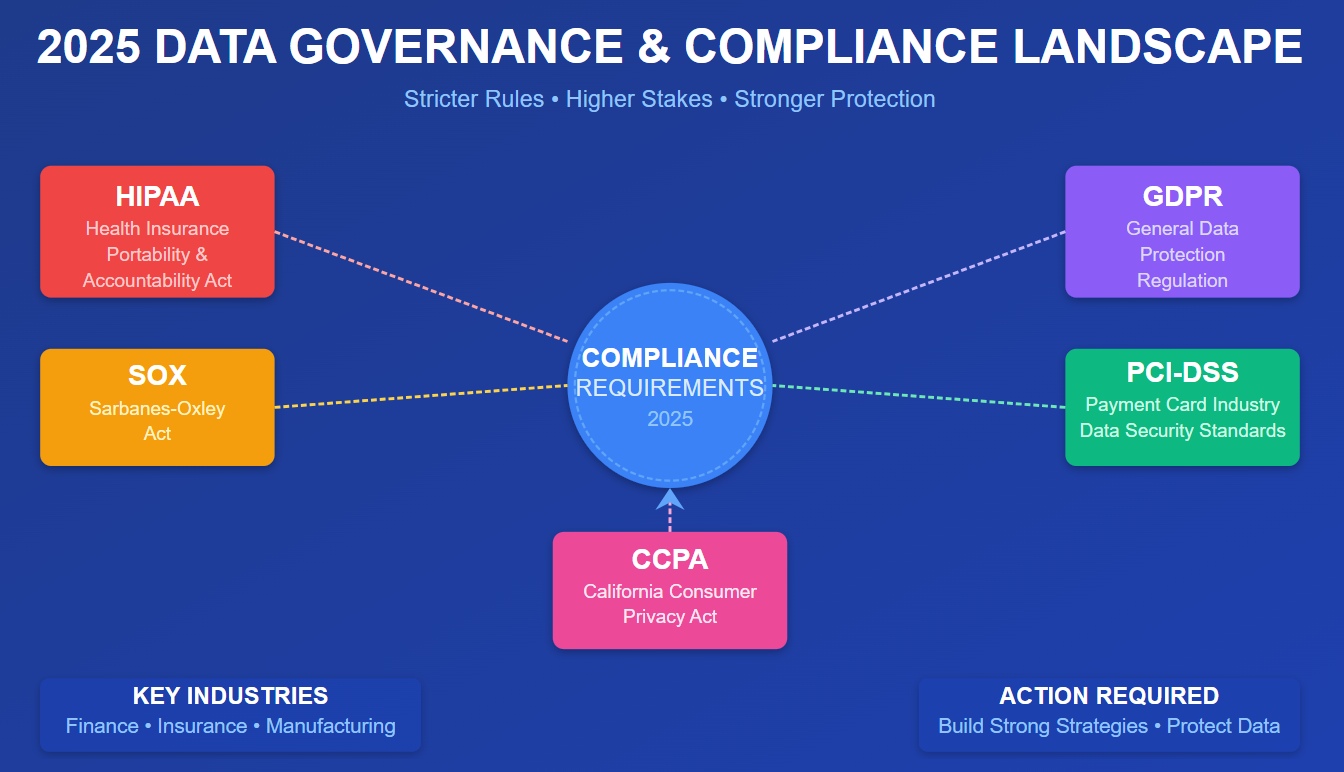
You must build strong strategies to meet compliance with privacy requirements. These big data best practices help you avoid legal risks and protect sensitive information.
Building a Governance Framework
A solid data governance framework gives you structure and clarity. You assign ownership and accountability, so everyone knows their role. You set up processes to manage data quality and privacy. The table below shows the main components you need:
| Component | Description |
|---|---|
| Data Ownership | Assigns responsibility to individuals or teams for data use and compliance. |
| Data Stewardship | Manages and protects data quality across the organization. |
| Data Quality Management | Ensures accuracy and reliability of all information. |
| Data Policies and Standards | Guides how you handle data and follow regulations. |
| Technology and Metrics | Uses tools and measurements to track governance and compliance. |
You also need to focus on people, process, technology, and policy. These pillars help you automate tasks, standardize workflows, and keep up with changing regulations.
Compliance Benefits
When you follow a strong governance framework, you see real benefits. You improve data quality and make information more reliable. You reduce the risk of breaking privacy laws. You also help your team access and use data more easily. Companies that invest in governance frameworks avoid legal issues and support better decision-making. You create a culture of trust and responsibility, which helps your business grow.
Scalable Data Infrastructure

Meeting Growing Demands
You see organizations generating more data every year. You need systems that grow with your business. When you scale your infrastructure, you face several challenges. The table below shows the main obstacles:
| Challenge | Description |
|---|---|
| Managing Increased Data Loads | You must ensure your systems handle more data without slowing down or crashing. |
| Ensuring System Performance and Reliability | High data volumes can strain resources and cause downtime. |
| Controlling Costs | Scaling often means investing in hardware, software, or cloud services. |
| Talent Acquisition and Management | You need skilled engineers to design and manage scalable infrastructures. |
You also deal with increased operational costs and balancing upgrades with efficiency. Data stored in different locations and formats makes access difficult. Unoptimized databases and improper traffic distribution can slow performance.
Choosing Scalable Solutions
You want infrastructure that supports your growth. You should consider several criteria when selecting a solution. The table below lists important factors:
| Criteria | Description |
|---|---|
| Cloud-based solutions | Offer on-demand scalability and reduce management needs. |
| On-premises solutions | Provide control and protection but require higher initial investment. |
| Infrastructure as a Service | Delivers scalable computing, storage, and networking. |
| Platform as a Service | Supports application development and deployment. |
| Recognize scalability needs | Make sure your system handles expected data volume and traffic. |
| Determine costs | Analyze investments, maintenance, and scaling expenses. |
| Evaluate security | Assess access restrictions and encryption. |
| Consider support | Check the availability and expertise of technical support. |
You should choose solutions that match your business needs and future growth.
FanRuan’s FineDataLink Advantage
You can solve many scaling challenges with FineDataLink. This platform offers real-time data synchronization and advanced ETL/ELT capabilities. You integrate data from over 100 sources, including cloud and on-premises systems. You use a visual interface to build data pipelines quickly. FineDataLink helps you reduce pressure on business databases and supports both offline and real-time data warehouses.
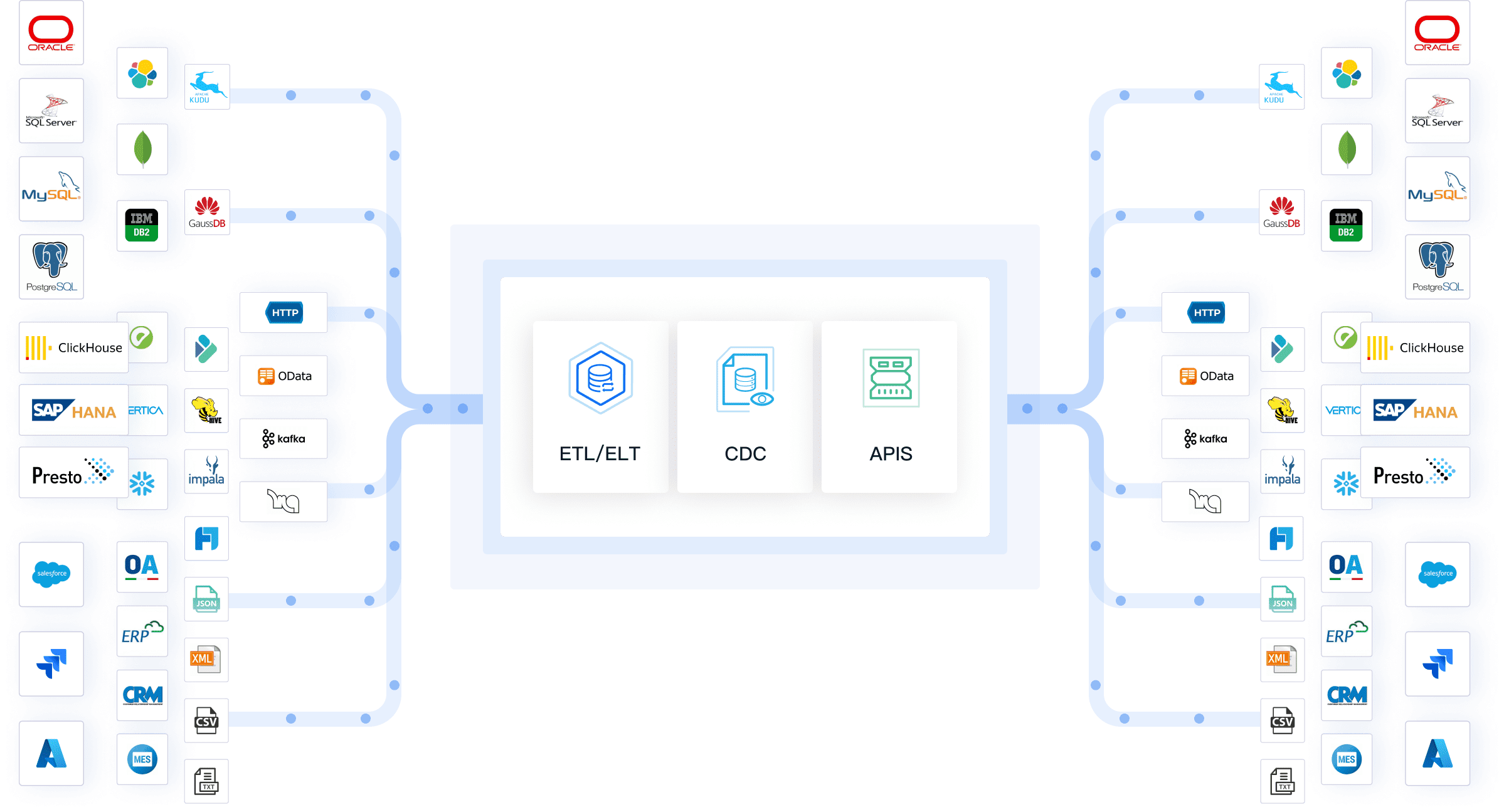
improved efficiency by 50% after building a unified data warehouse with FanRuan’s solutions. You can achieve similar results by breaking down silos and standardizing metrics. FineDataLink gives you the flexibility and scalability you need for future growth.

Tip: You can request a free trial of FineDataLink to see how it supports your scalable infrastructures and data needs.
Data Quality Management Strategies
Ensuring Data Accuracy
You need high quality data to make smart business decisions. In 2024, 64% of organizations reported data quality as their top data integrity challenge, up from 50% in 2023. You can see that data quality management is now a top priority for most companies. To ensure accuracy, you should follow these best practices:
- Check for missing values, fields, or records. Cleanse or complete your data to avoid gaps.
- Verify that data is consistent. Standardize formats so everyone uses the same structure.
- Identify duplicate records. Use quality tools to deduplicate and keep your data clean.
- Adopt common data models. Align your sources with a unified structure.
- Use standardized naming conventions. This avoids confusion and ensures consistent interpretation.
- Update documentation regularly. Keep your team aligned on standards.
- Implement common data formats and protocols. This enhances consistency across your organization.
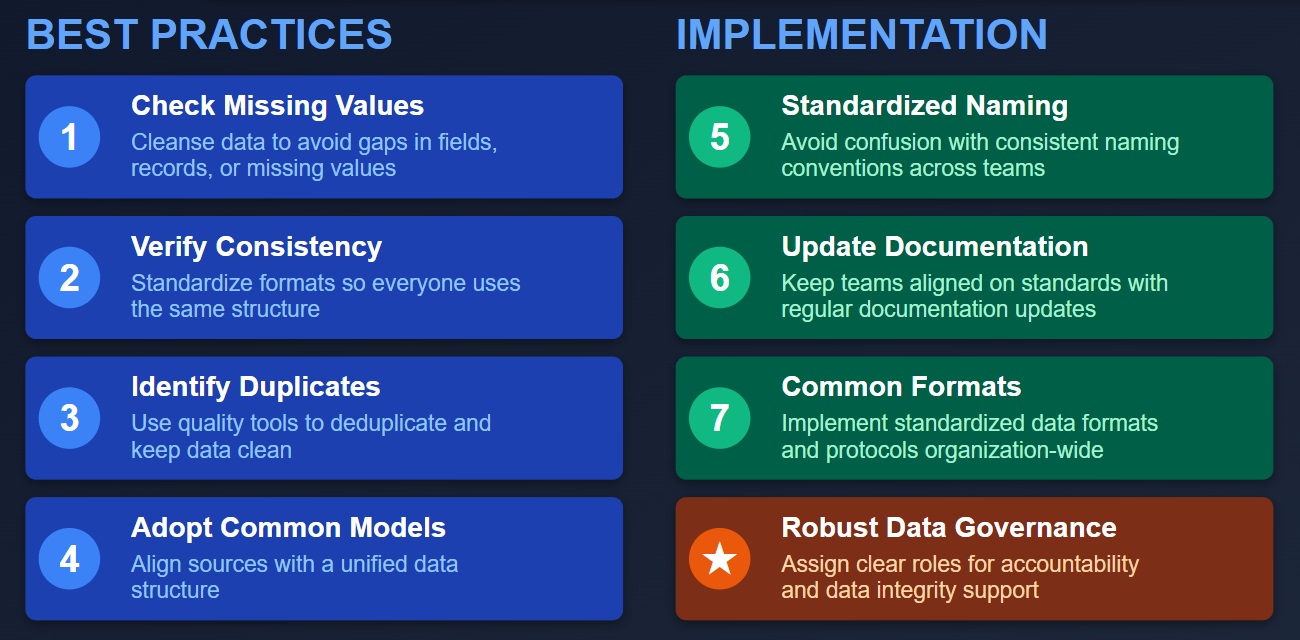
You also need robust data governance policies. Assign clear roles for data management. This ensures accountability and clarity in handling data and supports data integrity.
Automation for Data Quality
Automation changes how you manage data quality. You can use automated data quality tools for validation and anomaly detection. Metadata management supports diverse datasets. Data observability lets you monitor quality metrics in real time. Here is how automation improves your data quality management:
| Benefit | Description |
|---|---|
| Reduces manual intervention | Automation minimizes the need for human checks, decreasing the likelihood of errors. |
| Improves timeliness | Real-time validation ensures data is accurate and up-to-date, enhancing decision-making. |
| Provides scalable solutions | Automation can handle increasing data volumes without compromising quality. |
In many industries, automation helps data engineers validate data ingestion in data warehouses. Business intelligence platforms use anomaly detection to spot issues before they affect reports. This proactive approach keeps your data integrity strong.
FineDataLink for Quality Assurance
You can rely on FineDataLink for data quality assurance. The platform offers automated data quality management features that help you validate, cleanse, and synchronize data from over 100 sources. You use a visual interface to set up data pipelines, which reduces manual work and errors. FineDataLink supports real-time data quality assurance, so you always work with accurate and reliable information. You can monitor data integrity and quality metrics through dashboards, making it easy to spot and fix problems quickly. With FineDataLink, you build trust in your data and support better business outcomes.
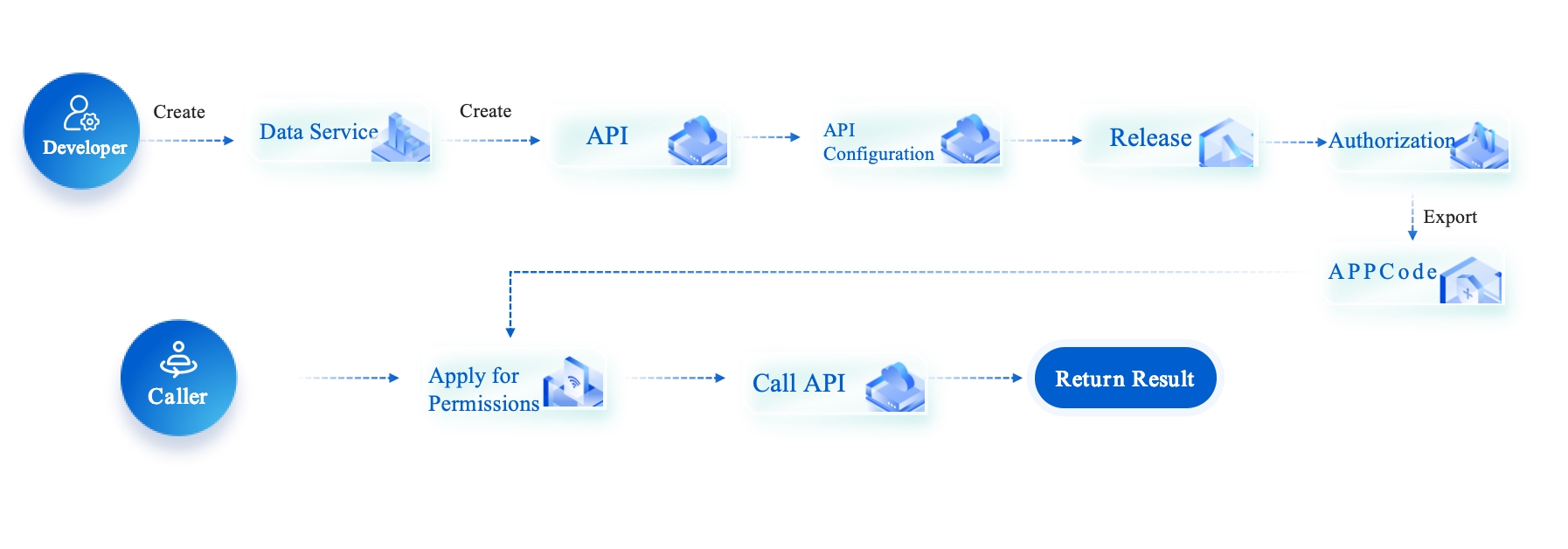
Secure Big Data Environments

Addressing Security Threats
You face new challenges as you manage big data in 2025. Security threats continue to evolve, and you must stay alert to protect your information. The table below highlights the most significant threats you should watch for:
| Threat Description | Key Points |
|---|---|
| Growing Third-Party Ecosystem | External vendors and partners may introduce vulnerabilities when they access your data. |
| Cloud Security Vulnerabilities and Misconfigurations | Exposed storage, weak encryption, and complex identity management can create security gaps. |
| Ineffective Data Access Governance | Static permissions and inconsistent policies make it hard to control who accesses your data. |
| Ransomware Attacks Targeting Data Platforms | Attackers focus on data repositories and exploit weaknesses in your data pipelines. |
You need to recognize these risks and build a multi-layered security approach. This helps you protect your data from both internal and external threats.
Proactive Security Measures
You can reduce risks by implementing robust security measures. The table below shows the most effective ways to protect your big data assets:
| Security Measure | Description |
|---|---|
| Security Analytics | Analyze large datasets to find threats and vulnerabilities using advanced data science tools. |
| Incident Response Strategies | Prepare for, detect, and recover from security incidents quickly and effectively. |
| Anomaly Detection Systems | Monitor your data in real time to spot unusual patterns that may signal a threat. |
| Encryption | Protect your data by turning it into a secure, unreadable format for unauthorized users. |
| Tokenization | Replace sensitive data with safe substitutes to allow processing without exposing real details. |
| Strong Access Control | Limit data access to only those users who need it for their roles. |
| Security Culture | Encourage everyone in your organization to take responsibility for protecting data. |
You should implement security measures that include encryption, access controls, and proactive threat detection. These steps help you keep your data safe and maintain trust.
Tip: Regular training and clear policies help you build a strong security culture across your teams.
Compliance and Data Protection
Compliance regulations shape how you manage and protect data. These rules set standards for privacy and security. You must follow them to reduce the risk of data breaches and keep customer trust. Here are some key points to remember:
- Compliance regulations require you to set controls that keep customer data safe.
- You need robust data management practices to meet these standards.
- Proper management of big data helps you minimize risks and protect sensitive information.
- A privacy protection framework is essential, especially when you use a multi-cloud environment.
- Investing in compliance shows your customers that you are a responsible data steward.
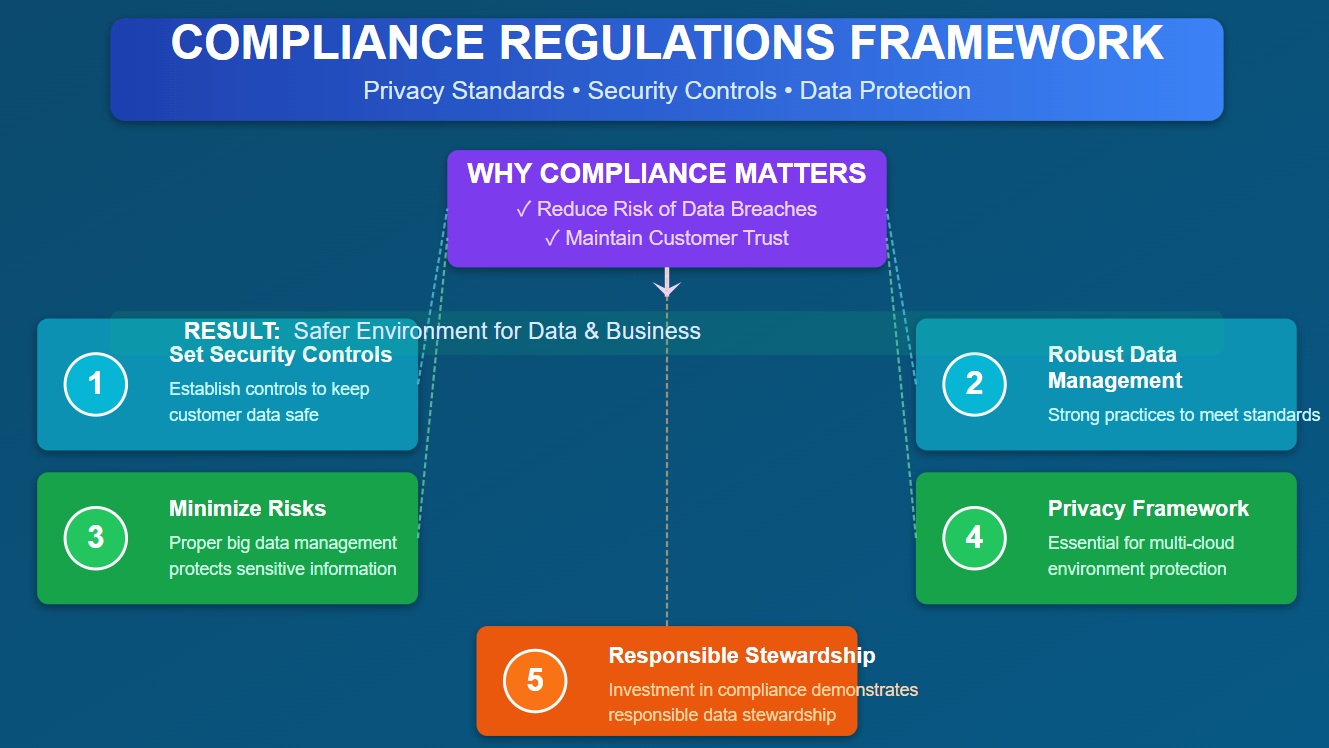
When you implement security measures and follow compliance rules, you create a safer environment for your data and your business.
Data Integration Best Practices
Breaking Down Data Silos
You often see departments working with separate systems. This creates data silos and limits your ability to get a complete view of your business. You can break down these barriers by using several strategies. The table below shows effective ways to connect your teams and improve collaboration:
| Strategy | Description |
|---|---|
| Establish a data governance committee | Form a group with members from different departments to oversee data management. |
| Create cross-functional teams | Bring together people from various areas to share knowledge and solve problems. |
| Implement self-service analytics tools | Give users tools to access and analyze data on their own. |
| Develop a comprehensive data training program | Teach employees about data management and analytics to boost skills. |
You build a stronger organization when you encourage teamwork and provide the right tools. You also improve data management and make information easier to share.
Real-Time Integration with FineDataLink
You need to move data quickly between systems. FineDataLink helps you achieve real-time integration across multiple platforms. The table below highlights key features that support your goals:
| Feature | Description |
|---|---|
| Low-code platform | Lets you integrate data without complex coding, saving time and effort. |
| Real-time synchronization | Updates data instantly with minimal delay, so you always have current information. |
| Advanced ETL & ELT development | Transforms and loads data efficiently, supporting complex business needs. |
| API interface | Builds APIs fast, making it easy to share data between systems and SaaS apps. |
You use FineDataLink to set up data pipelines with a visual interface. You keep your data accurate and up to date, which supports better decision-making.
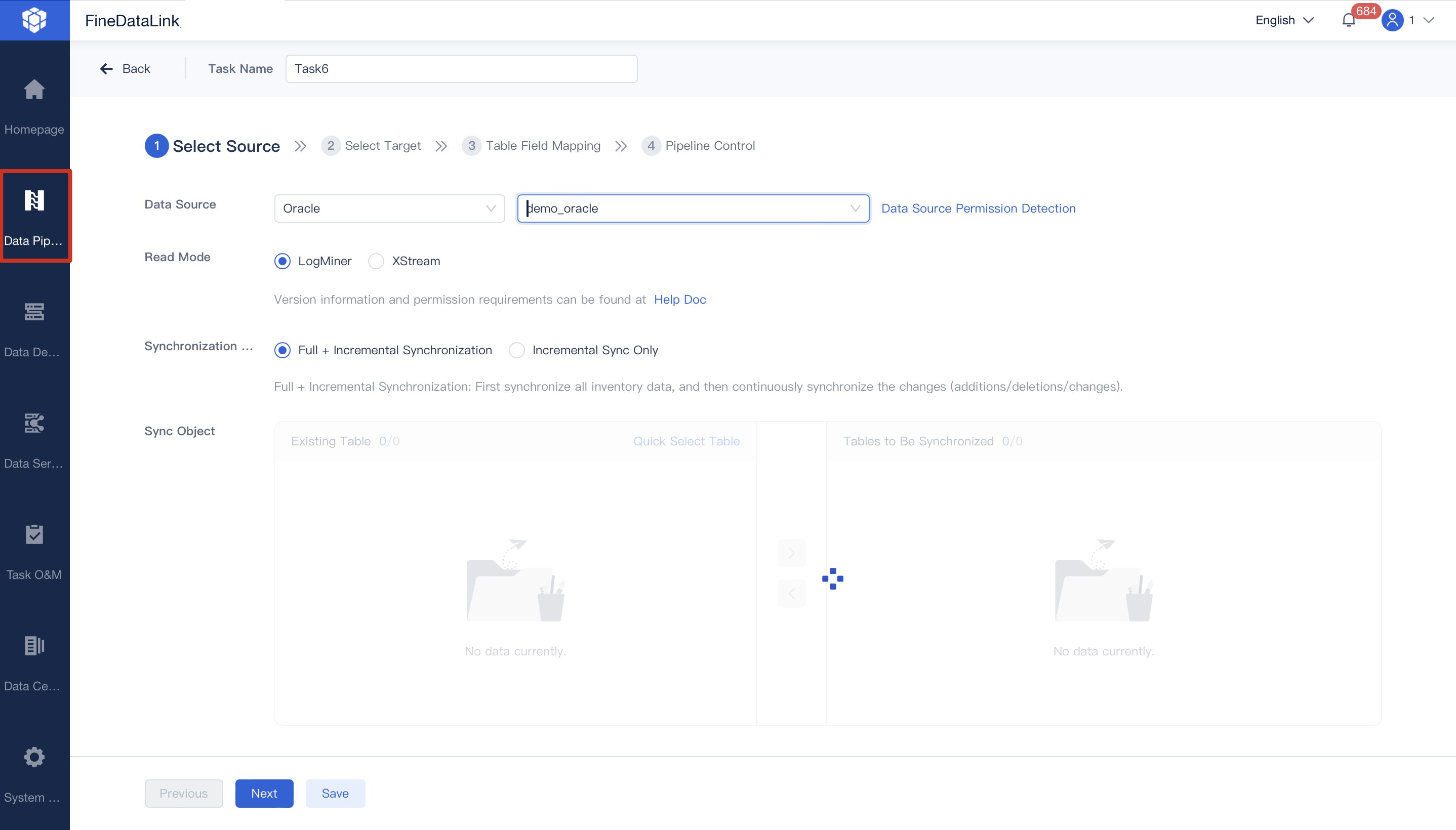
Tip: Real-time integration reduces manual work and helps you respond quickly to changes in your business.
Enhancing Data Accessibility
You improve business performance when you make data accessible to more people. The table below shows how increased accessibility benefits your organization:
| Benefit | Description |
|---|---|
| Increased Data Visibility | Makes data available to more stakeholders, promoting easy sharing of information. |
| Increased Data Accessibility | Allows a wider audience to access data, reducing errors and encouraging collaboration. |
- Improved decision-making through accurate, timely, and actionable data.
- You help decision-makers understand business dynamics and forecast trends.
- You enable better-informed choices that boost overall performance.
You create a culture where everyone can use data to solve problems. You support growth and innovation by making information easy to find and use.
Fostering a Data-Driven Culture
Building Buy-In Across Teams
You need support from every team to create a strong data-driven culture. Leaders play a key role by showing commitment and sharing the value of data initiatives. When you empower everyone with access to data and the skills to use it, you help teams make better decisions. Cross-functional collaboration brings together different perspectives and encourages teamwork. You should also set clear goals and define key performance indicators. This helps everyone see the benefits of using data and keeps your projects on track.
- Leadership intervention ensures teams understand the importance of data.
- Data empowerment gives everyone the tools and access they need.
- Collaboration across departments leads to more successful projects.
- Value realization comes from setting clear outcomes and measuring progress.
Tip: Regular communication about data goals helps teams stay aligned and motivated.
Training and Upskilling
You must invest in training to help your teams use data confidently. Data literacy is essential for everyone, not just technical staff. When you offer workshops and resources, you boost confidence and encourage more people to use data in their daily work. Companies like Google provide data literacy training across all departments to make sure everyone feels comfortable working with data. Tailored programs that match each role’s needs work best. These programs give hands-on experience and support long-term growth.
- Enhance data literacy to empower employees.
- Provide training and resources for confident decision-making.
- Offer workshops and resources to help everyone engage with data.
- Use customized training for hands-on learning and measurable results.
Impact on Innovation
A data-driven culture helps you respond quickly to market changes and spot new trends. When teams share information and break down silos, you improve productivity and efficiency. Employees who understand data can make faster, smarter decisions. This leads to better processes and new solutions. Companies with a strong data-driven culture stay competitive and lead in innovation.
- Respond quickly to changes and anticipate trends.
- Collaborate across departments for better access to information.
- Empower employees to make informed decisions and drive innovation.
- Stay competitive by building strong innovation capabilities.
Leveraging Automation & AI in Big Data

Automating Data Pipelines
You can automate your data pipelines to save time and reduce errors. Automation tools help you move, clean, and organize data without manual work. In 2025, you have many options to choose from. Some of the leading automation tools include:
- Zapier: Connects thousands of apps for easy automation, perfect for non-technical users.
- UiPath: Lets you automate rule-based tasks with a simple interface.
- Automation Anywhere: Offers end-to-end business process automation with smart features.
- Estuary: Handles data ingestion with little setup, great for analytics.
- Portable: Works with APIs that do not have standard connectors.
- AWS Glue: A serverless service for integrating data, especially for AWS users.
These tools help you build strong data pipelines. You can focus on insights instead of manual tasks.
AI for Data Management
Artificial intelligence changes how you manage data. AI can collect, store, and analyze large amounts of data much faster than people. It finds patterns and predicts trends, helping you make better decisions. AI also checks for errors and fixes them, so you can trust your data.
AI works at every stage of the data lifecycle. It helps you scale your systems and adapt quickly. With AI, you treat data as a valuable asset. AI tools give you real-time insights, so you can act fast when you see changes or problems. You spend less time waiting for reports and more time using information to improve your business.
AI speeds up your data processes and highlights important trends, making sure you always have the information you need.
Efficiency Gains with FanRuan
You can see real results when you use FanRuan solutions for big data automation. Many organizations have improved their operations with these tools. For example:
| Organization | Improvement Description | Measurable Outcome |
|---|---|---|
| Meta | Focused on AI operational efficiency | 201% net income increase, 178% stock surge |
| Axis Bank | AI voice assistant handles customer calls | 12-15% of calls managed, 90% accuracy |
| Cleveland Clinic | Used AI for patient advice and resource allocation | 0.4% operating margin achieved |
| JPMorgan | Reduced time on business credit agreements | From 360,000 hours to seconds |
FanRuan helps you automate data tasks, improve accuracy, and make faster decisions. You gain a clear advantage by using automation and AI in your data strategy.
You prepare for the future by adopting big data best practices. These strategies give you trusted, accurate, and timely data insights for better decisions. FanRuan and FineDataLink help you streamline processes, protect sensitive data, and boost efficiency with real-time integration and strong security. When you follow big data best practices, you lower risks, reveal trends, and support innovation. Review your current approach and prioritize these big data best practices to stay ahead in 2025.

FAQ

The Author
Howard
Data Management Engineer & Data Research Expert at FanRuan
Related Articles

Understanding Enterprise Data Centers in 2025
An enterprise data center is a facility owned by one company to store, process, and secure its business data and IT systems.
Howard
Sep 30, 2025

What is enterprise data and why does it matter for organizations
Enterprise data is vital for organizations, enabling informed decisions, efficient operations, and business growth through effective data management.
Lewis
Sep 30, 2025
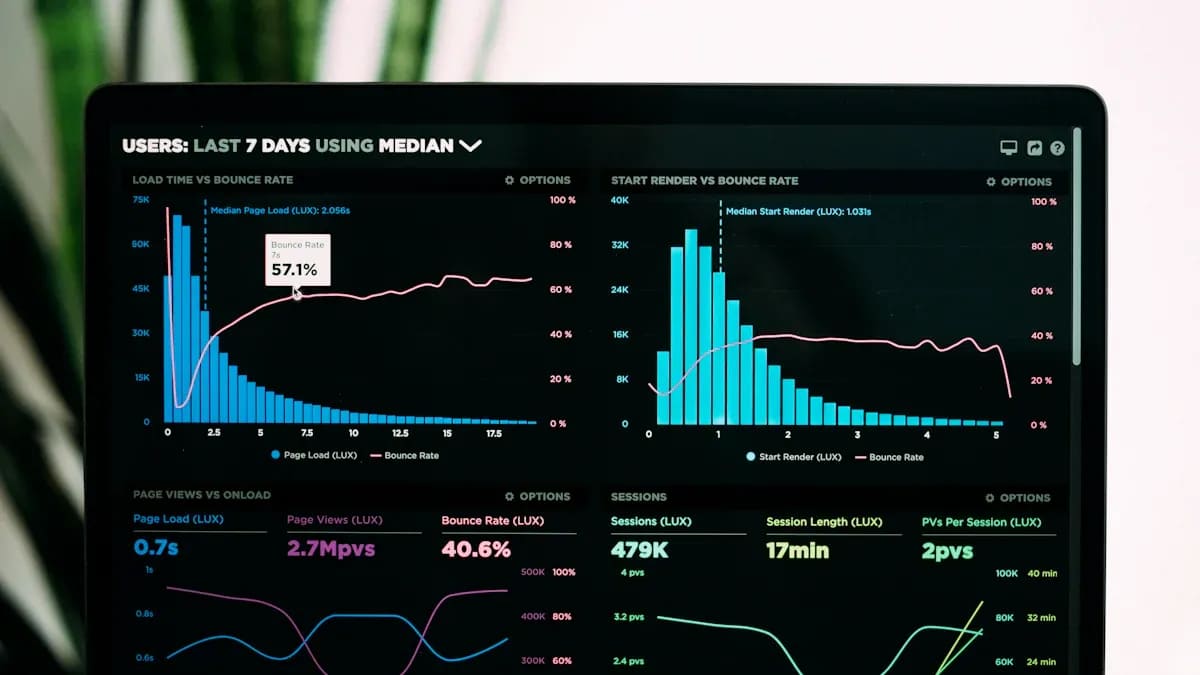
What Is a Data Logger and How Does It Work in 2025
A data logger is a compact device that records data like temperature and humidity. In 2025, it integrates AI and IoT for real-time monitoring and efficiency.
Howard
May 06, 2025




